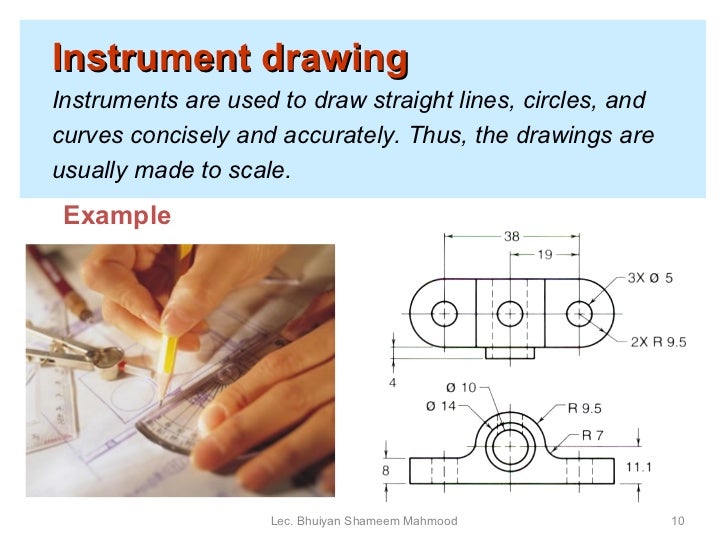Bs8888 Drawing Standards Pdf
Hi, I'm trying to get my head round drawing standards in order to comply with BS8888:2013 Technical Product Specification. I have spent several hours reading pdf's of the standards and according to my pea brain BS8888:2013 points to BS EN 128 which in turn points to ISO 128. Therefore ISO standards and BS8888 standards should be the same (except in one or two minor areas where the BS interpretation differs from the ISO). Sketchup Pro 2013 License Keygen here. In my opinion the schools configurator for Creo - option BS8888 does not comply in three regards; 1) Line types - centreline, long dash - dot is now the preferred line format. Fold lines - long dash - double dot.
BS 8888 is the British standard developed by the BSI Group for. BS 308 was formerly the standard for engineering drawing since. BS 8888:2004. BSI Standards.
I'm trying to work on a pen table to fix this. The definition is clearest in ISO 128-21 guidance for CAD drawings. 2) Arrow heads are not compliant BS8888 preferred is filled arrow, 30 degree included angle. Astro Data Bank Software.

I've fixed this in my DTL easily Arrow length 4mm - width 2.14. 3) Cutting plane lines cannot be made to comply with the standard - no option for the thickened end to extend correctly past the section arrowheads and also display longdash - dot. Am I driving myself to an early grave being concerned about this? Am I in too deep? Has any one got a DTL / PNT to fix these issues. Any comments gratefully appreciated - Tim?
When I've solved these problems I will issue.DTL and.PNT so hopefully the configurator can be updated. Perhaps I should consult to commercial side of these groups to ask how they deal with it. James, I try to avoid drawings, they are no longer so important with the move to drect manufacture from the CAD model. I really wish exam boards would scale down (excuse the pun) drawing content and introduce more simulation and analysis which are the really useful tools for improving designs. The guru on drawings was John Forth. He did all the initial development work setting up BS8888 standards and drawing templates.
Adam Haas took that and setup configurations for standards in different parts of the world and Chris Carr continues this work so Chris is the one who will make the changes to the new configs. I notice there was a question in the Facebook group and what looks like mis-information on centrelines. I hear what your saying Tim and as I'm sure you know only too well, exam boards are like a supertanker that's out of radio contact. If the message gets through at all they take an awful long time to swing round.
John's work was good but for many years we've used the templates I developed along with our own in house configuration utility & creo standards. We also shared these on request with other schools we had trained or had contact with. This started before WF/Creo even had a schools configuration utility. Our exam board is now getting picky again about legacy centrelines, leaders and other non conforming drawing artefacts. I've posted a question about linefonts over on the commercial board and I'll see if I get a response. Commercial companies must have to produce drawings which compy - even in this straight to CAM world.
I think Tim knows my views. I am quite a firm believer in still teaching drawings! Most companies I visit/interact with use drawings to a BS/ISO convention and it is expected that technicians/enginers/graduate engineers can read/understand/modify/update them with the same conventions. PC screens tend to have approximately 1000x1000pixels only in the drawing area, most printers are at least 300+ dpi and therefore even a A4 drawing tends to show up interferences, gaps etc. Much more easily than the screen (even with global clearances.) [NB Retina displays approach 300 dpi and good quality 1200dpi lasers are phenominal!] Watching students put together assemblies and modify parts it is amazing to see how much quicker they approach a final solution when they have an updatable orthographic drawing (part and/or assembly) beside them to sketch on, estimate distances, place components on, discuss with peers.
I tend to suggest to students to always sketch preliminary designs on graphpaper, which helps with their drawing skills, scaling etc. As well as reducing the time entering sketches/dimensions/fits etc in CAD. [Printing simple orthographic drawings on feint graph paper can also help understanding scales, fits etc, without needing to generate fully dimensioned drawings, during the development/embodiment stages] While direct manufacture is certainly on the way the discipline of generating a well dimensioned drawing emphasises to the user the physical size of a component, potential load paths and manufacturability. The number of components I get to 3D print which have features under/over designed, non-manufacturable, is getting worse. The pseudo 3D representation of a component on screen is very seductive but potentially wasteful of time and energy. It is very interesting to get a students reaction after playing back a sessions Trail File to show them how they have interacted with a model.
It often results in a significant change in system usage!